Travel
Indiana’s Historic Journey’s – Travel Indiana

story by GLENDA WINDERS
As the pioneers moved from the East Coast across the country, many of them settled here, laying the groundwork for the cities and small towns we enjoy today and the discoveries that would come later.
PHOTO: Howard County Historical Society
A good place to start exploring this history is in Vincennes, which began as the British Fort Sackville in 1730 and became the first territorial capital between 1800 and 1813. Today it’s possible to tour several historic sites that include the capitol, the oldest government building in the Midwest; the Elihu Stout Print Shop; the home of a French trader; and the Jefferson Academy, the area’s first institution of higher learning and the precursor to Vincennes University. Another spot not to miss is Grouseland, the home of William Henry Harrison, territorial governor and later ninth president of the United States.
Even before that, Col. George Rogers Clark and a band of 170 frontiersmen and French volunteers captured the fort in 1770, marking the birth of the United States north of the Ohio River. Today he is honored with the George Rogers Clark Memorial, which sits on the site of the earlier fort on the bank of the Wabash River. Each year re-enactors stage the historic battle here with an event called “Rendezvous.”
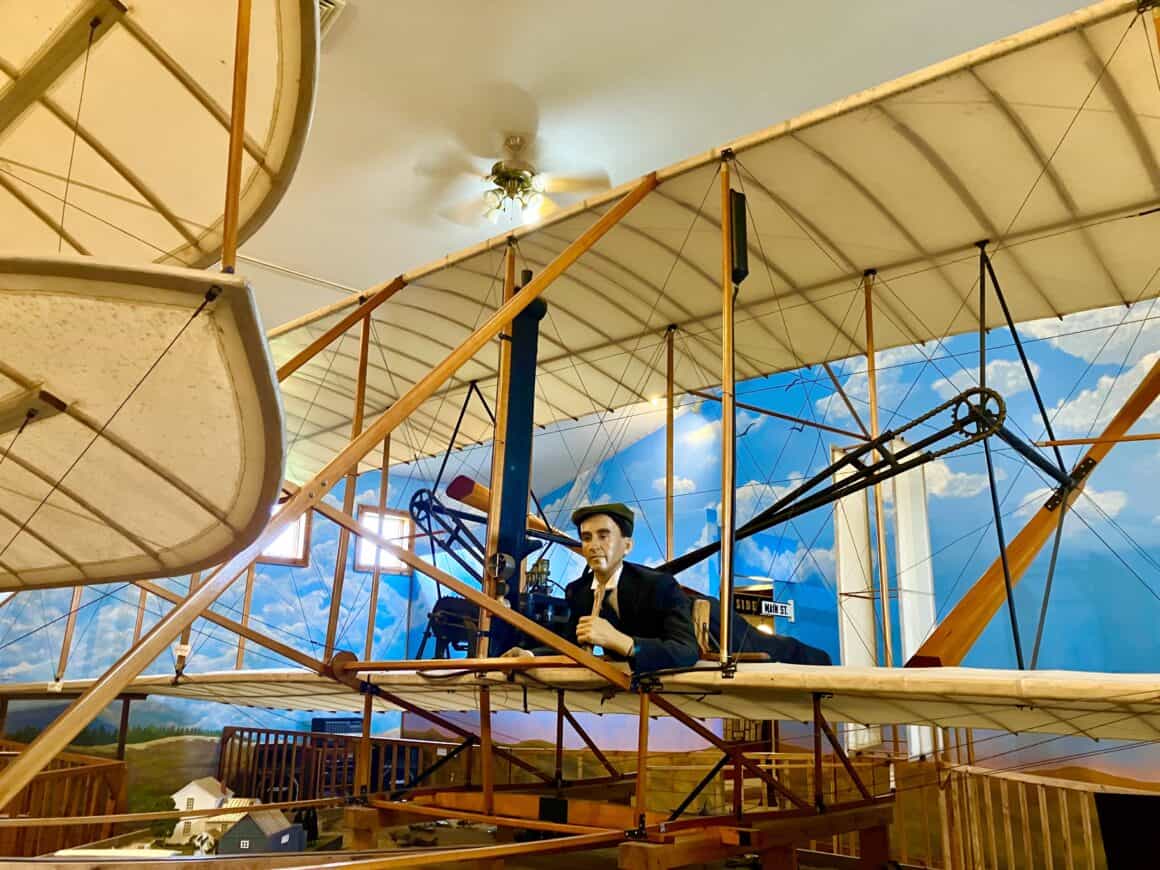
“History doesn’t change, but people change, and knowing history gives us a real perspective on the present,” said Janice Barniak, executive director of the Vincennes/Knox County Visitors and Tourism Bureau. Corydon was the capital when Indiana became a state. It had been moved to be more centrally located in the territory and also because Harrison’s political enemies wanted to shift the power from his Knox County stronghold. Today it’s possible to relive those days by touring the Corydon State Capitol State Historic Site, which includes the capitol building; the Federalist home where Gov. Williams Hendricks lived; the Constitution Elm, where the state constitution was written; and the Leora Brown School, the state’s first post-Civil War school for African Americans.
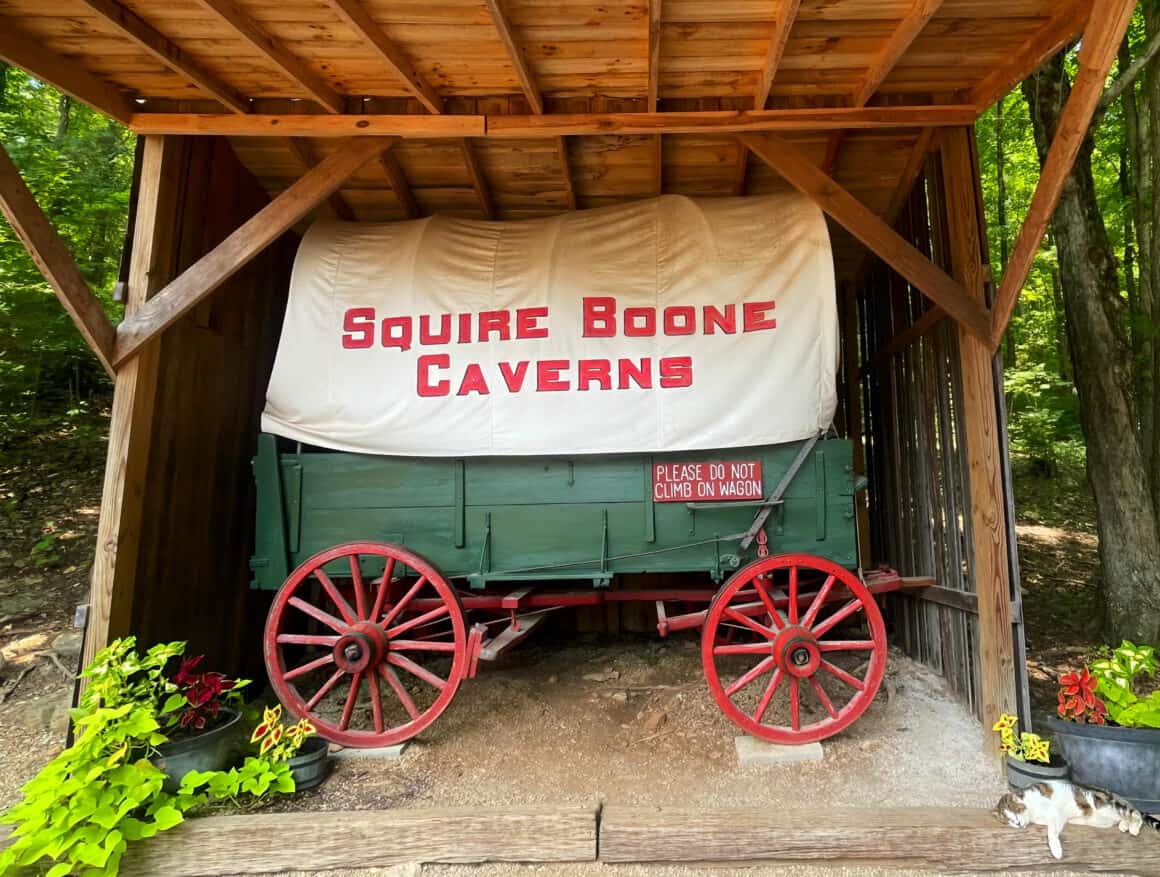
PHOTO: Harrison County Visitor’s Bureau/Squire Boone Cavern
The caves for which Harrison County is popular are also filled with history. Squire Boone Caverns were discovered by Squire Boone and his brother, Daniel, in 1790. He later escaped capture by Native Americans by hiding there and proclaimed the land to be sacred. His burial place in the cave is a stop on the one hour tour through this living cave where one million gallons of water rush through every day. Up top is a recreation of Boone Village along with such modern-day fun as zip-lining.
Nearby Marengo Cave was discovered in 1883 by two children and opened shortly thereafter, and while Indiana Caverns just opened in 2013, its history might be the richest. The bones in the cave date back 38,000-42,000 years, and it is one of the longest caves in the United States with yet more of it still to be mapped.
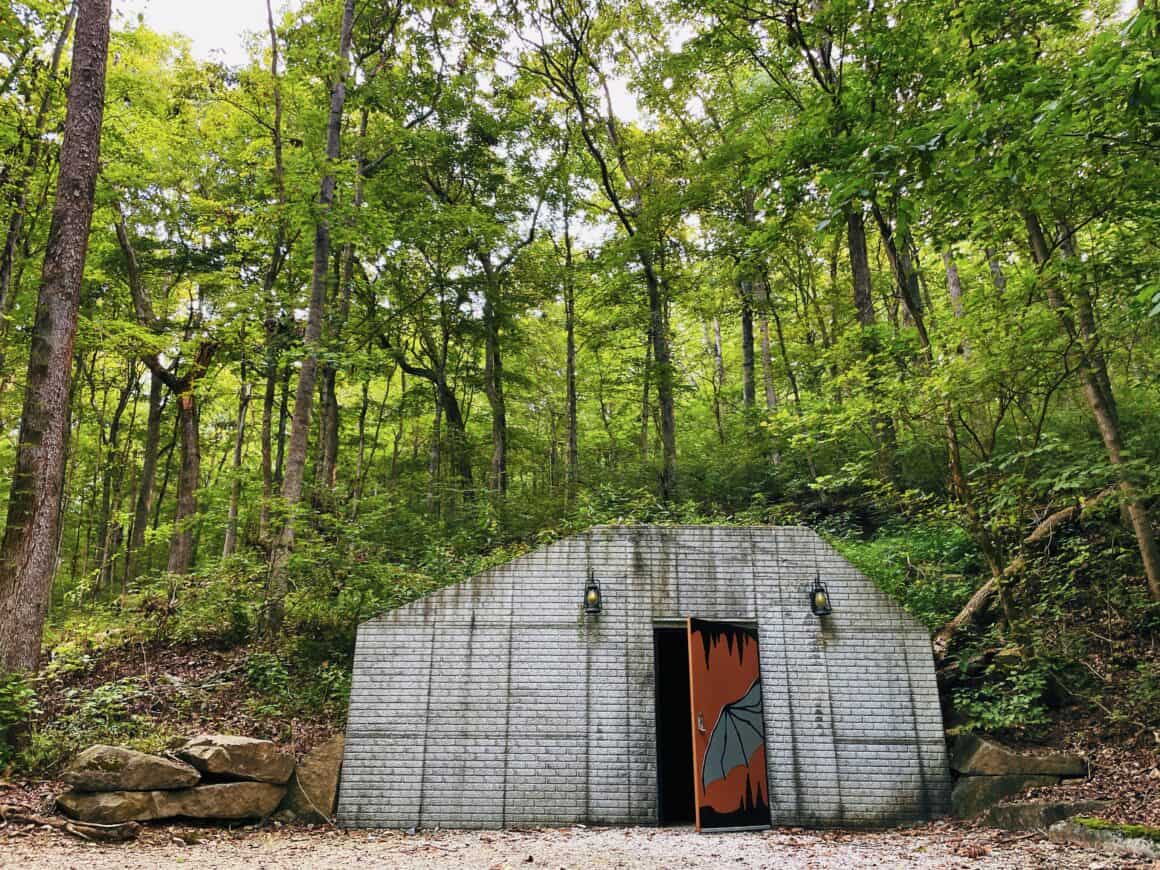
A good place to stop for a break between the two capitals is Orange County, home to the French Lick Resorts, which also come with a fair amount of history. William Bowles opened the West Baden Springs Hotel in 1846 before volunteering for the Mexican-American War. While he was away, he put the care of his property into the hands of John Lane, who maintained and expanded it. On Bowles return he sold some of his land to Lane, who then opened a rival hotel. Today travelers from all over the world come here to take the waters of the natural springs just as their ancestors did nearly two centuries ago.
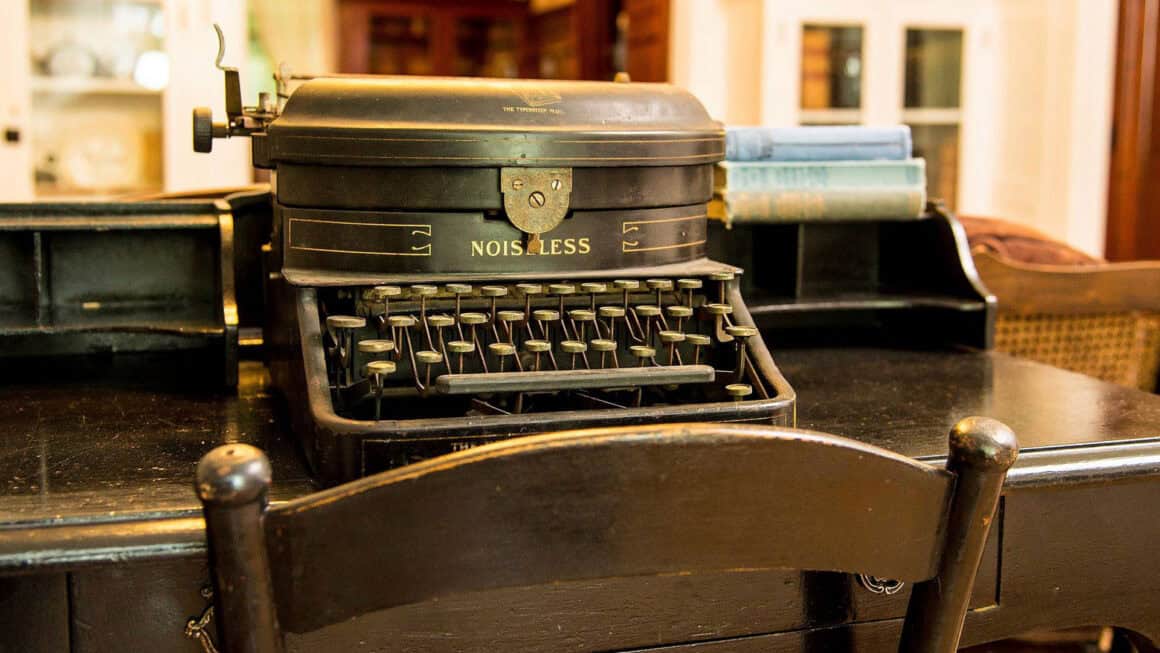
History comes to life in Franklin County’s Metamora, population 188, which was built alongside the Whitewater Canal in the 1930s. Transportation and commerce on the canal were eventually replaced with train service, but the townspeople continued to use the water to power the cotton, paper and flour mills. Today tourism provides the town’s main income, with visitors coming to see the Whitewater Canal State Historic Site. Here also is the oldest — and still operating — grist mill in the state as well as the only existing wooden aqueduct in the country. A tour of historic homes is also on offer.
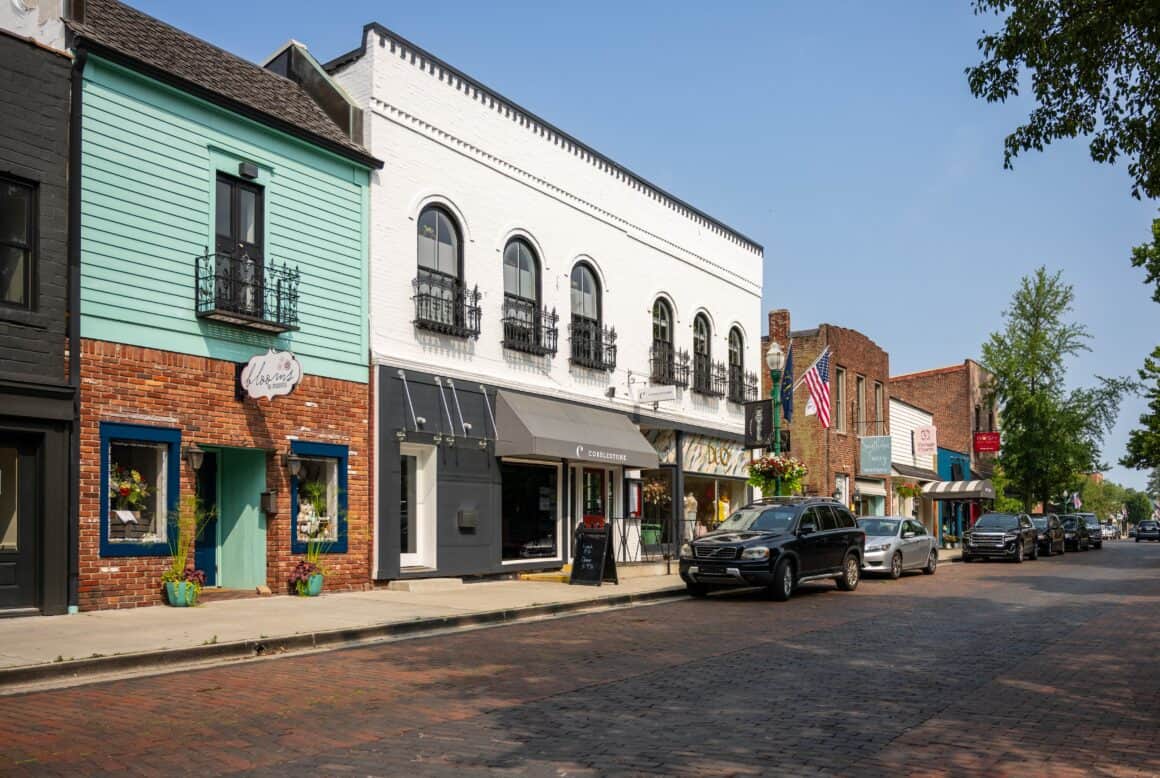
PHOTOS: Discover Boone County
In Madison, nestled alongside the Ohio River, you’ll experience more than 133 blocks of outstanding architecture, as its downtown business district is one of the country’s largest National Historic Landmark Districts. Travel America says, “Madison is an outdoor museum of architecture.”
Farther north is Henry County, where basketball is king. The Hoosier Gym is a favorite stop for basketball fans from around the world. The gym served as a filming location for the movie “Hoosiers,” which was based on Milan High School’s state championship in 1954. Community volunteers sustain the gymnasium, locker room, and memorabilia highlighting Indiana’s rich basketball heritage. Just down the road is the Basketball Hall of Fame, which celebrates Indiana basketball from its beginnings. Also in Henry County is the Wilbur Wright Birthplace Museum, where you’ll learn about the Wright Brothers and the start of aviation.
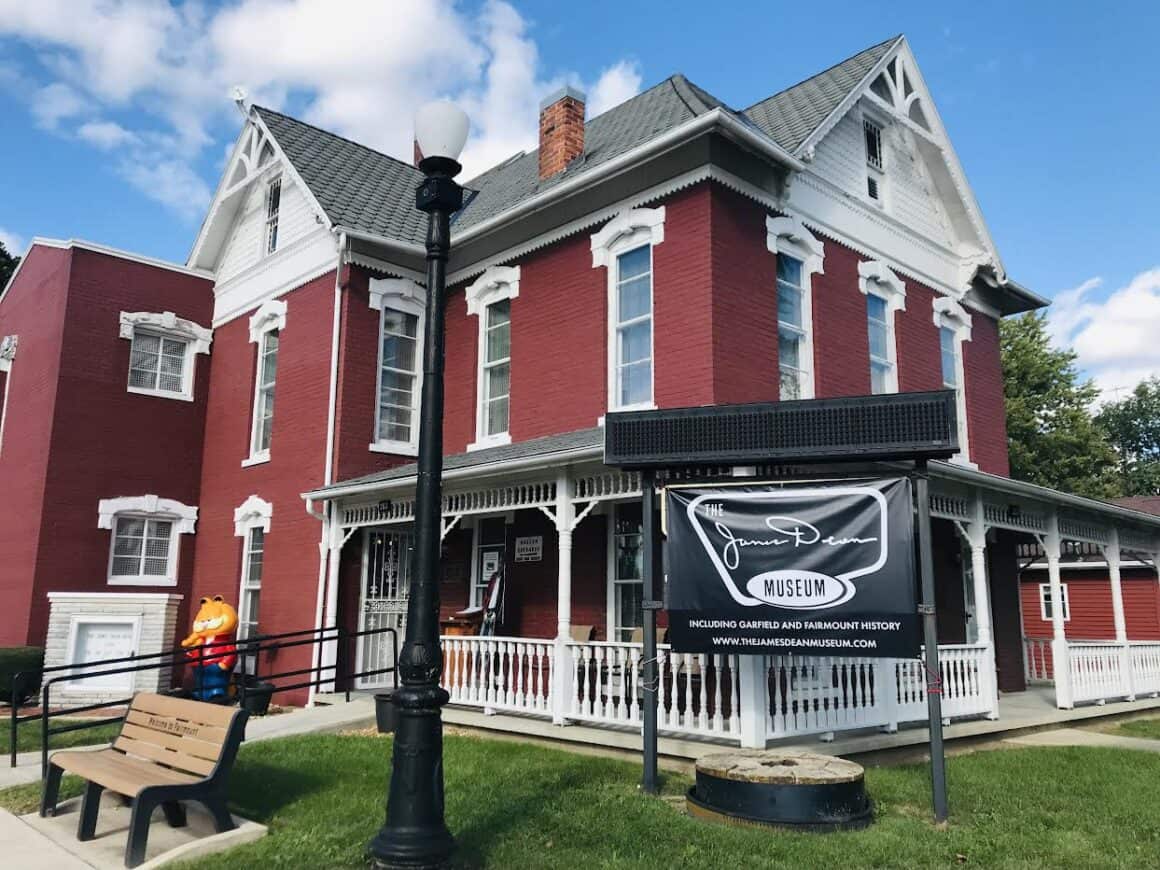
PHOTOS: Grant County Visitors Bureau/James Dean Museum
Boone County had a brush with historic greatness on February 11, 1861, when President Abraham Lincoln stopped in Lebanon en route to Washington, D.C., for his inauguration and addressed the citizenry from the back of his train. Today that exact spot is market by a historical marker to remind locals and visitors that the country’s 16th president was here. In Zionsville a 266-square-foot mural adorns a building across from Lincoln Park. The president’s funeral train would pass through here again on his way back to Springfield, Illinois.
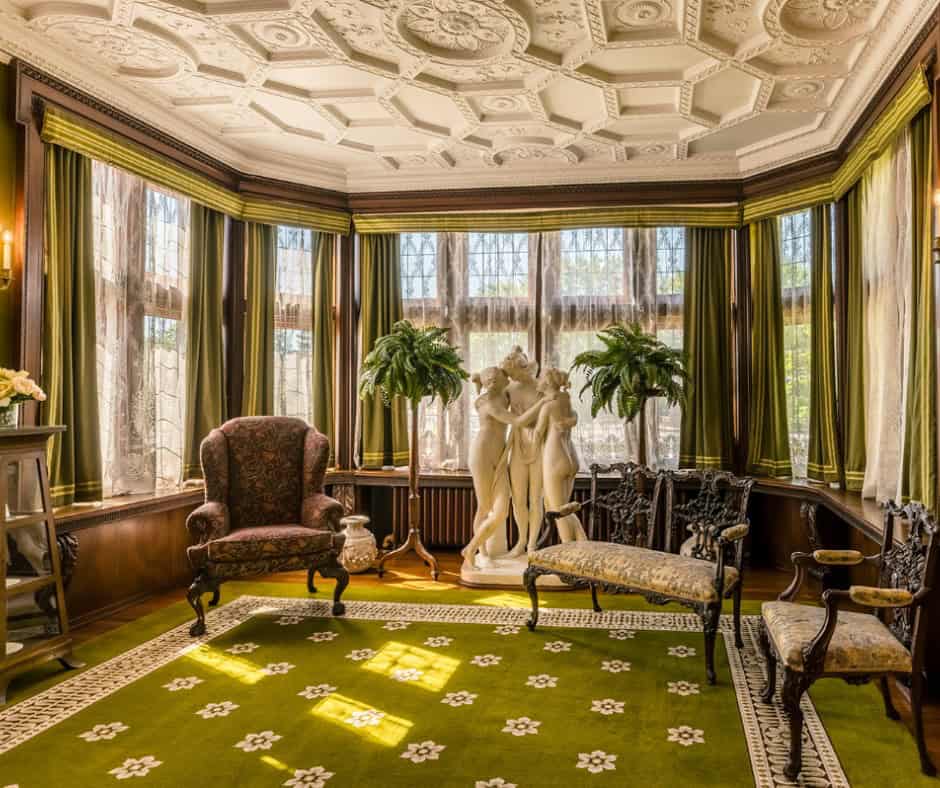
PHOTO: The Barker Mansion
In downtown Indianapolis, St. Elmo Steakhouse has been a landmark since 1902, and is the oldest Indianapolis steakhouse in its original location. It was named for the patron saint of sailors and started out as simply a small tavern with a basic menu. Today, it’s famous for its high-quality steaks and shrimp cocktail, but its classic turn-of-the-century Chicago saloon décor has changed very little.
Then it’s on to Tippecanoe County, whose geologic history began after the last ice age between 12,000 and 16,000 years ago. This history comes alive at Prophetstown State Park, Indiana’s newest, where visitors have the opportunity to experience the fens, seeps, wetlands, savannahs, trees and plants from seeds found hundreds of years ago as they developed during that time.
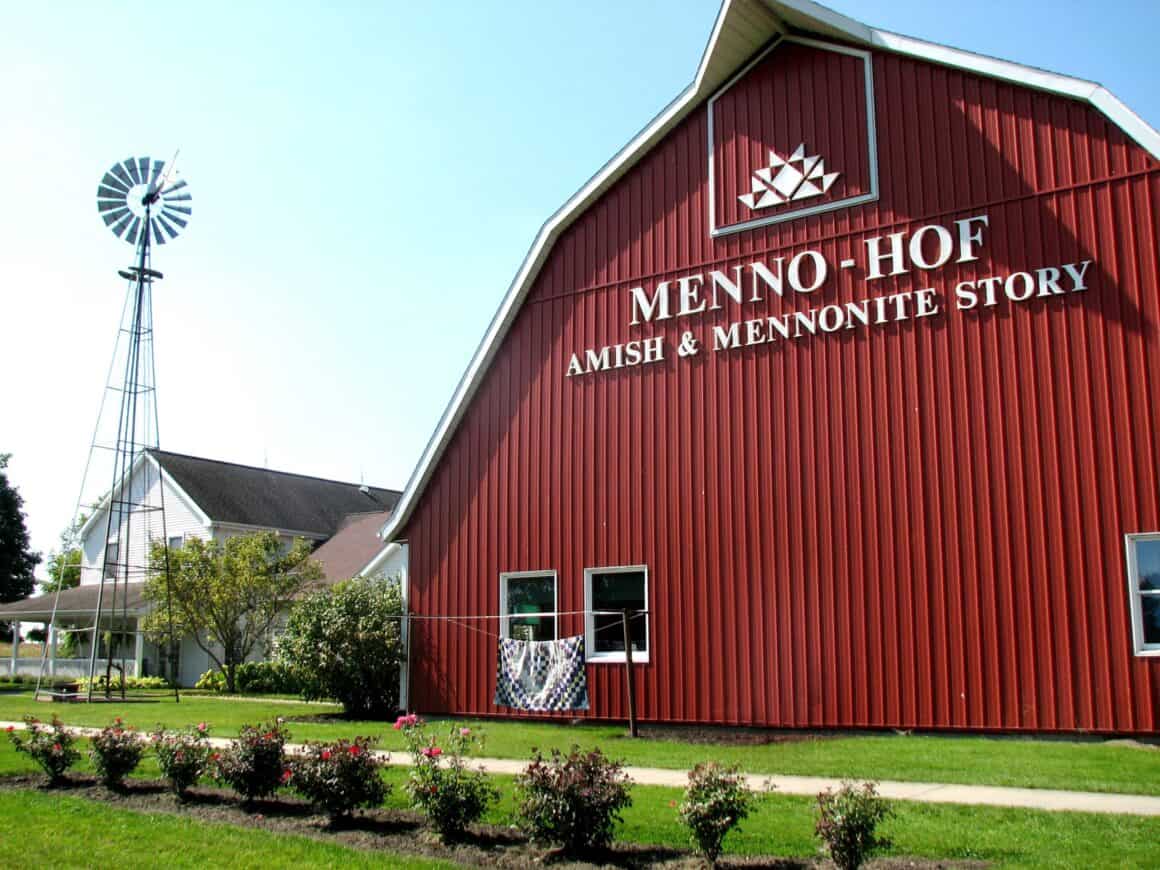
PHOTO: Visit Shipshewana/LaGrange County CVB
Within the park is The Farm at Prophetstown, a farming and education center that offers experiences in all aspects of farm life from the 1920s. Also in the park is a Native American Settlement, where there are demonstrations like basket weaving.
Just down the road is the site of the Battle of Tippecanoe, where Native Americans and white settlers clashed in a battle of cultures. A museum teaches visitors about 19th-century settlement and Native American lifestyles.
Purdue University students and alumni might be interested in some more recent history: This year marks the 100th anniversary of the Purdue Memorial Union, which opened its doors while still unfinished on Sept. 9, 1924.
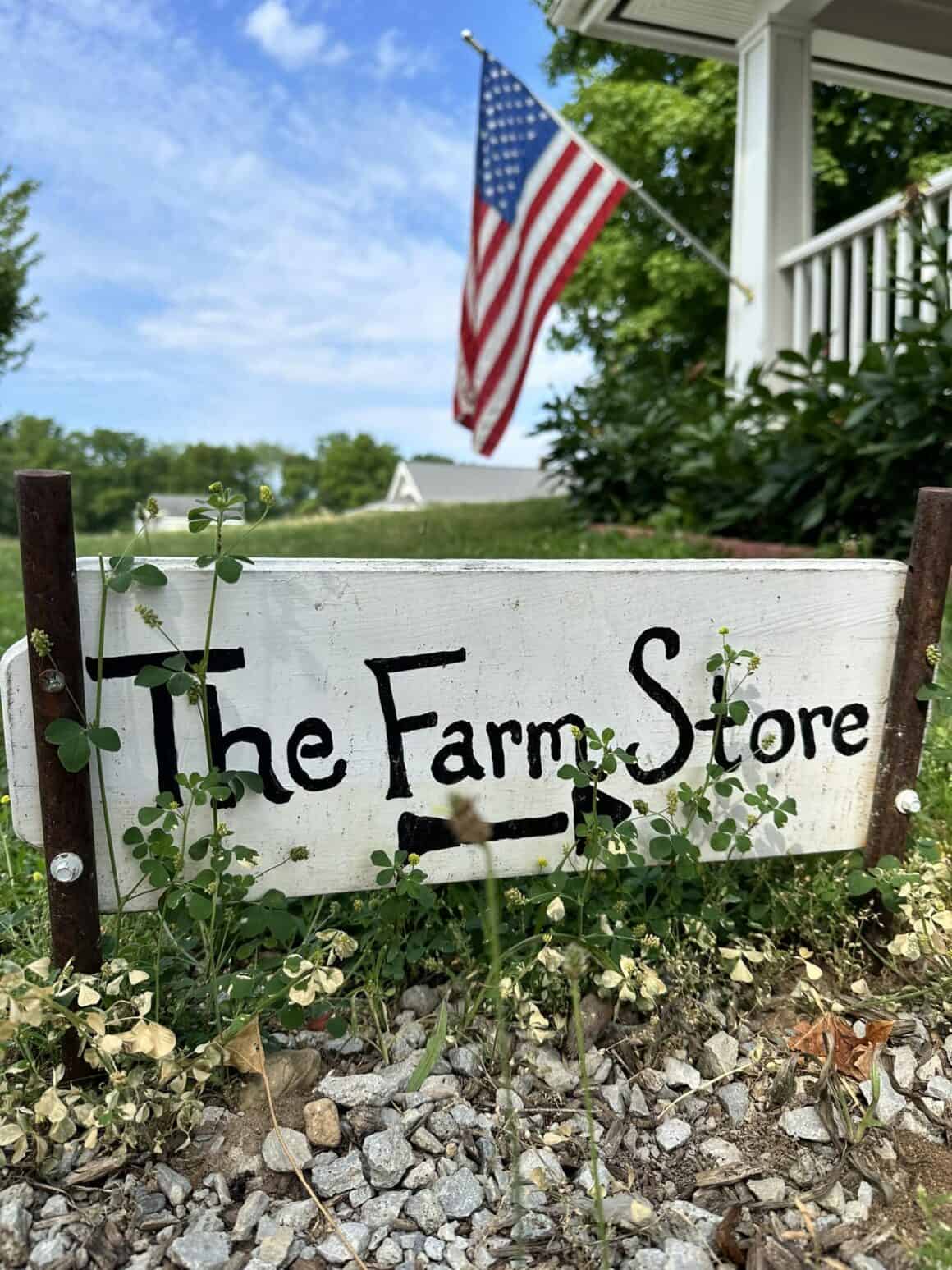
New York glassmaker Charles Edward Henry encountered history in 1888, when he stopped in Kokomo after a business meeting in Chicago to find out what Indiana’s gas boom was all about. He negotiated with local officials to have them provide a factory site and free natural gas and opened his business later that year, providing colored glass to such artists as Louis Comfort Tiffany. The gas boom has long since ended, but Kokomo Opalescent Glass continues to make colorful sheets of art glass to ship around the world, using the same methods and recipes employed by Henry back in the day. Today visitors can step back into the 19th century with a tour of the original factory that ends in a tempting gift shop.
Not far away from the glass factory is the Seiberling Mansion, another way to experience the past. Monroe Seiberling moved here to open the Kokomo Strawboard Co., and he started building his exquisite home — a mix of Queen Anne and Romanesque Revival styles — in 1889. Now listed on the National Register of Historic Places, it is open for tours and also houses the Howard County Museum. “Christmas at the Seiberling” sees it decorated for the holidays and special events.

PHOTO: Visit Lafayette-West Lafayette
Grant County bills its history as “classic and cool,” and rightly so. Iconic film star James Dean was born in Marion and grew up in Fairmount. He died in 1955 after filming only three movies, but because they captured the spirit of a generation, they made him a legend. Today fans can follow the James Dean Trail to find the James Dean Museum, James Dean Birthsite Memorial, James Dean Memorial Park, three murals devoted to the actor and his grave at the Park Cemetery. “James Dean’s spirit forever echoes through Fairmount — a small town that cradled a rebel soul and a timeless icon,” said Haley Anderson, Grant County CVB executive director. “In every cornerand every memory, his legend lives on, reminding us that even the quietest places can foster the brightest stars.”
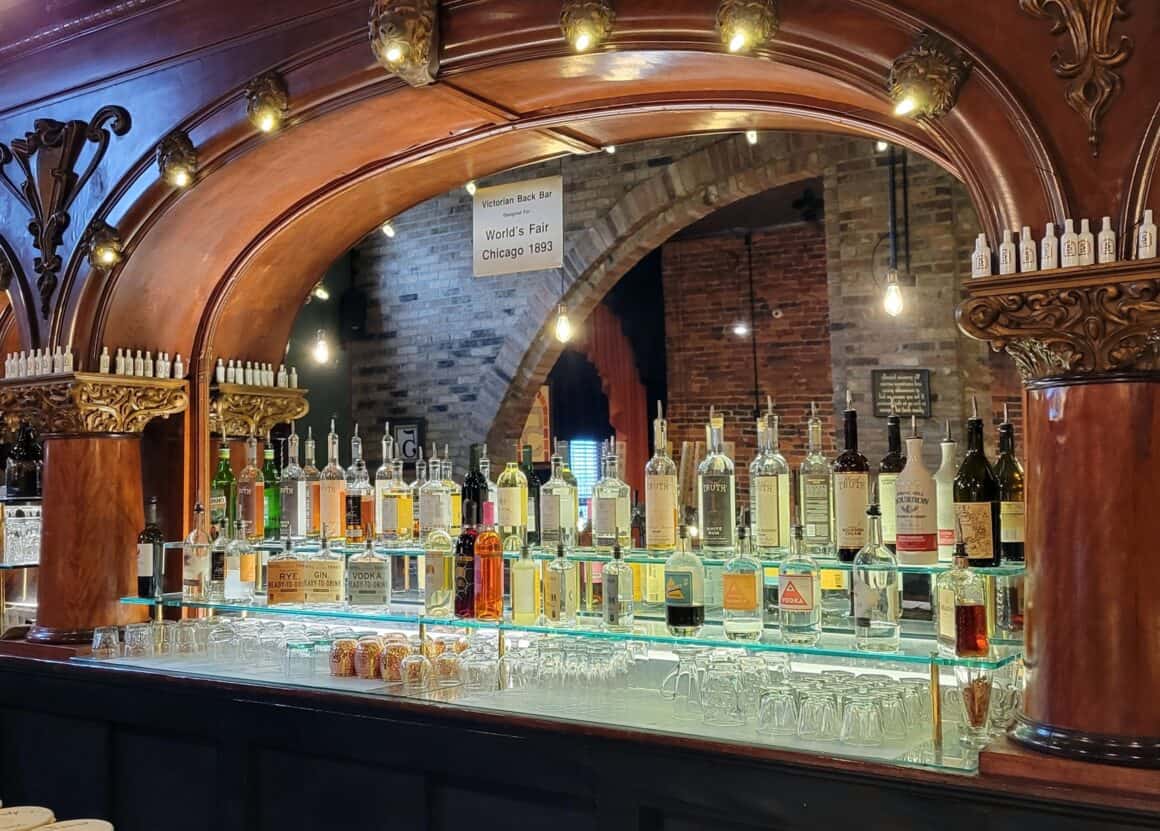
PHOTO: Richmond-Wayne County Convention & Tourism Bureau
The Ball family, makers of the famous Ball mason jars, has a rich history in Muncie, and it can be experienced throughout the area. Discover the charm of Minnetrista Boulevard, where you can admire the historic Ball family homes, stroll through the enchanting Oakhurst gardens, and immerse yourself in the captivating Oakhurst Experience. Unleash your creativity at the Bob Ross Experience, or let your kids explore their sense of adventure and creativity in the Backyard Garden and Betty’s Cabin. Plus, enjoy a network of trails and paths perfect for leisurely walks amidst the beautiful surroundings.
Richmond/Wayne County’s history and heritage run deep. The historic National Road is the trail pioneers used as they made their westward trek. Today it’s known as U.S. 40, and here you can immerse yourself in the many historical museums and attractions depicting the way of life of Hoosier families and pioneers during the westward migration. You’ll be amazed when you discover where pre- Civil War runaway slaves hid at the Levi & Catharine Coffin House, a popular attraction where visitors can experience guided tours and an interpretive center. The Historic Richmond Depot District is a must-visit area, and is a collection of great restaurants, shops, and attractions in spaces that have maintained their historical integrity.
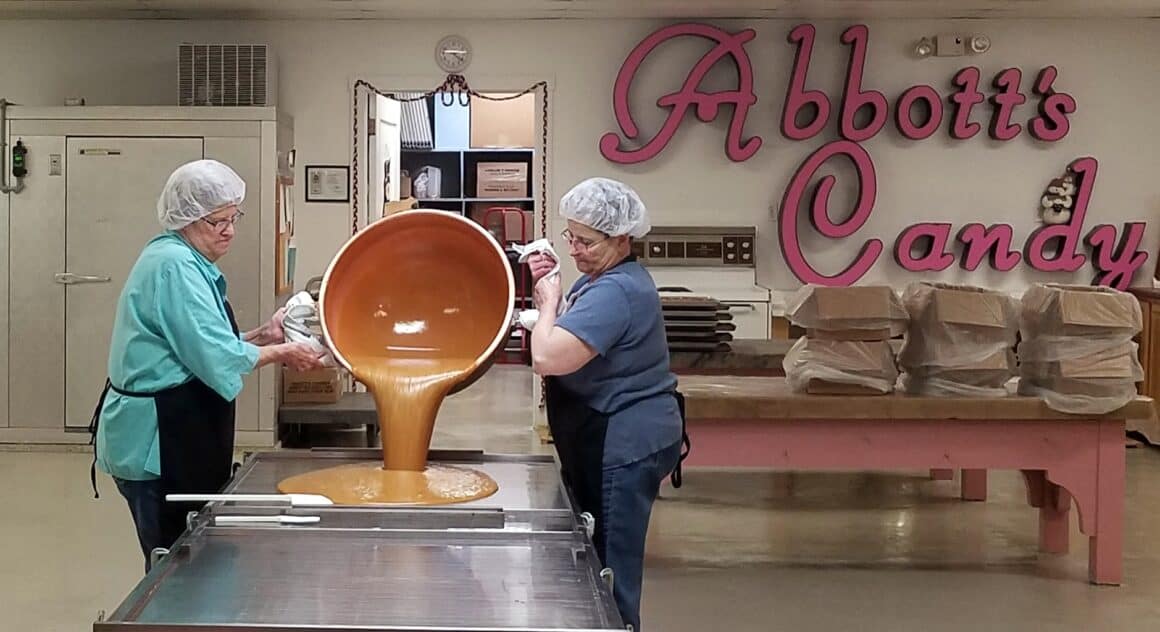
PHOTO: Richmond-Wayne County Convention & Tourism Bureau
Also in Wayne County, you’ll discover Abbott’s Candies, the oldest candy shop in Indiana. Established in 1890, this Hagerstown gem is still crafting handmade caramels and chocolates using classical recipes that multiple generations know and love.
Winona Lake in Kosciusko County was established by the Beyer brothers, who discovered that the area’s artesian spring water could be useful in their refrigeration business and later for a resort. In 1894 the resort was sold to a minister who turned the property into a venue for religious retreats, and it wasn’t long after that that evangelist Billy Sunday began preaching there to a population that could swell to 250,000 in the summers. Today, thanks to a restoration project begun in 1994, the Village at Winona recalls the “golden age” of the place with shopping and entertainment for locals, visitors, and students at Grace College. Sunday’s home is now a museum that is available by appointment for tours.
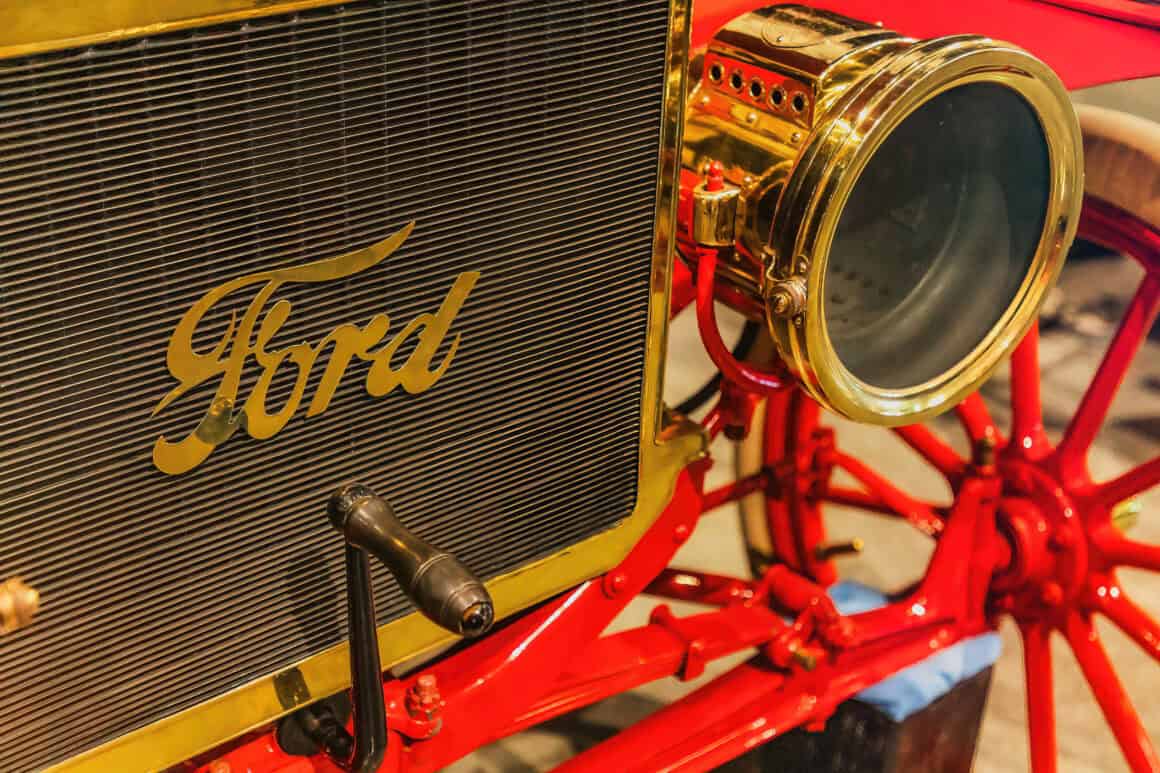
PHOTO: Richmond-Wayne County Convention & Tourism Bureau
LaGrange County is the third largest Amish community in the United States, thanks to settlers who were attracted to the area because of cheap land in 1841. They created a small town with a church, blacksmith shop, post office, and sawmill that eventually became Shipshewana. Since then travelers have been drawn to visit because of their fine craftsmanship and homemade food. Now one way to recall their arrival and learn about their way of life is to tour Menno-Hof. Here you’ll explore a 17th-century sailing ship and replicas of a printing shop and meeting house as well as the Amish Room, which explains how an Amish home is arranged.
Michigan City in LaPorte County is home to the Barker Mansion, built in 1857 and home to several generations of the Barker family, who were instrumental in shaping the railway landscape through the Midwest. Today the home’s 38 rooms and its gardens are open for tours. A special treat for children is the dress-up “Enchanted Garden Hour” series, where costumed characters read stories, kids make crafts and refreshments are served.
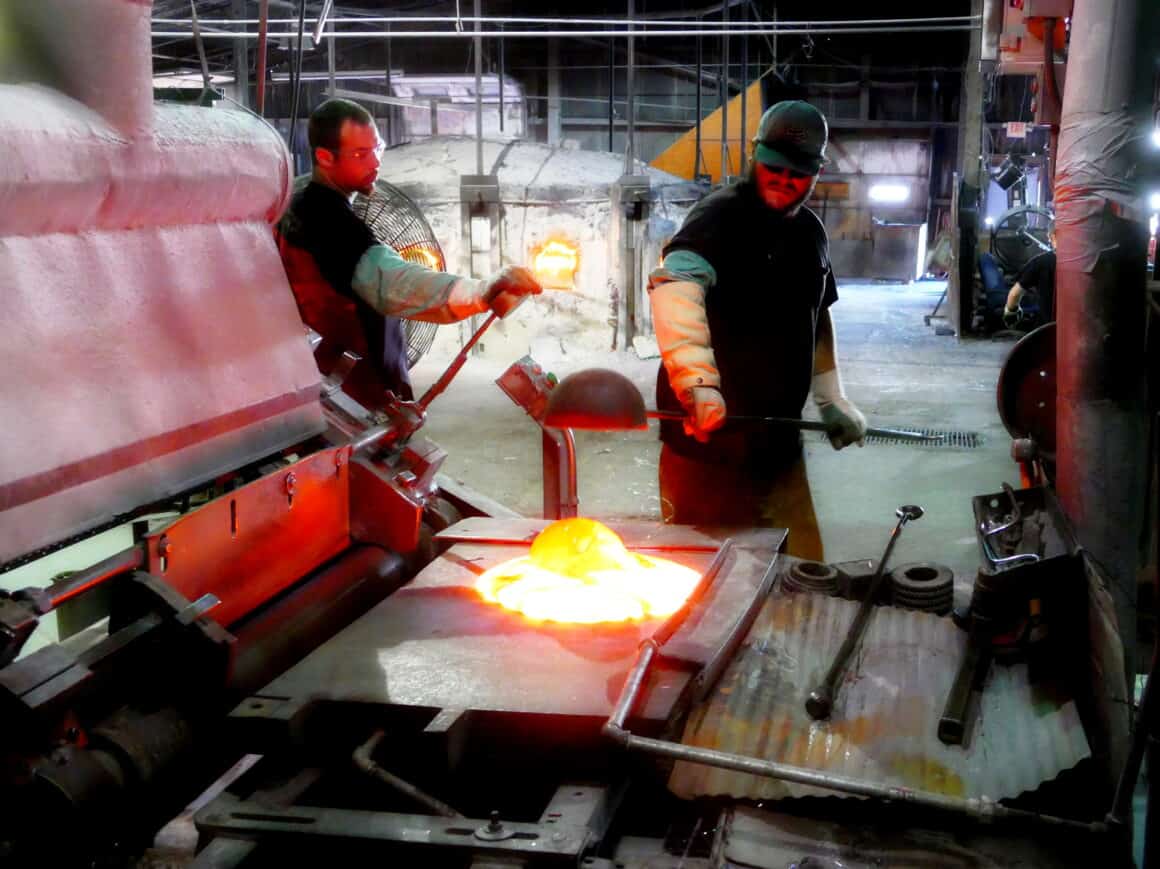
PHOTO: Phil Allen
For many years Valparaiso was the home of Orville Redenbacher and his partner, Charlie Bowman, who became world-famous for developing a superior brand of popcorn, Red Bow, which incorporated both of their names. Needing a way to advertise their product, they eventually adopted Redenbacher’s likeness and name, and he appeared in television commercials. Today he is remembered with a sculpture by Lou Cella that sits on a park bench in Central Park Plaza and a nearby plaque that recounts his and Bowman’s accomplishments. Every fall, the Valparaiso Events organization hosts their annual Popcorn Festival to celebrate this history.
The Romanesque Porter County Memorial Hall, also known as the Memorial Opera House, was built in Valparaiso in 1892-93 to seat 100 people and became the meeting place for the Grand Army of the Republic. William Jennings Bryan is said to have spoken here during his 1896 presidential campaign, and Theodore Roosevelt, John Phillip Sousa, and the Marx Brothers were other famous people who came to visit. The building fell into decline with the advent of movies, and by World War II it was an abandoned building. Various groups have renovated and maintained it so that today it is still remarkably intact. It is on the National Register of Historic Places and remains a venue for the performing arts.
Noble County is home to The Cabin at Wildflower Woods, the beloved home and final resting place of Gene Stratton-Porter, one of Indiana’s most widely read authors and one of the world’s first nature photographers and conservationists. The Gene Stratton- Porter Memorial Society shares her legacy with visitors by telling her story and making her achievements relevant for today’s society and future generations.
In Fort Wayne, you can experience events and re-enactments at the Old Fort, a copy of the original fort constructed by Major John Whistler and his men during 1815-1816. It was the last of three American forts to stand in the area, and was by far the most sophisticated and carefully designed all- wooden forts ever built in North America.









